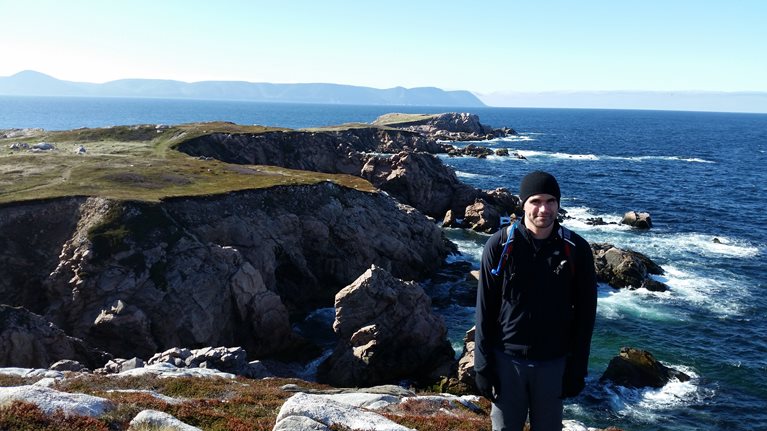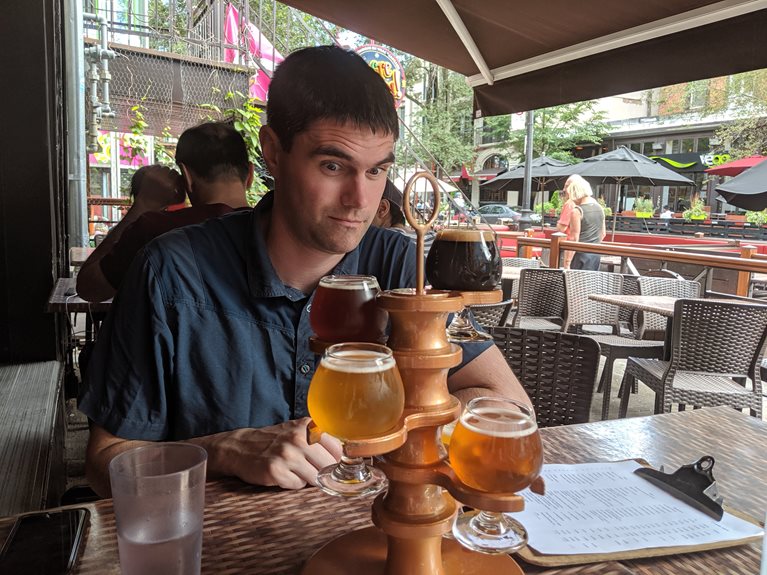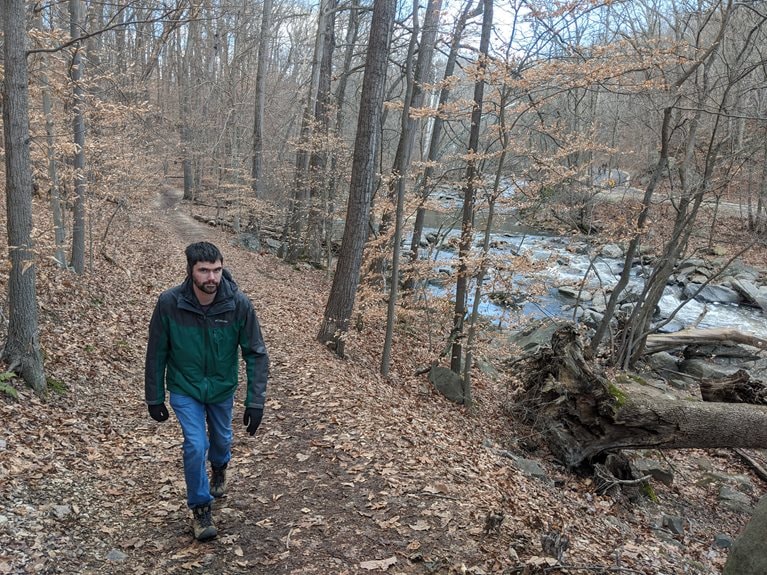
I joined McKinsey right after finishing my PhD in particle physics. I wanted to leave academia and do something more industry-focused. I had spent five years solving one problem, so the chance to solve multiple problems was quite appealing. I came across a job posting for McKinsey online, and the rest is history.
Building humanitarian solutions
All of my work is in the public sector because I’m drawn to any sort of situation that improves people’s livelihoods. I’ve had ample opportunity to explore projects in different areas while at the firm–for example, I’m currently involved in a COVID-19 response project.
I’ve been lucky to work on the firm’s Noble Intelligence team, which leverages our capabilities in artificial intelligence to solve serious humanitarian issues. I was technical director on a project for a client that helps survivors of human trafficking recover and integrate back into society.
The client was developing a 10-year plan to scale the number of people it serves by 20 times–supporting a million people by 2030, up from 53,000 now. They were in the early stages of setting up data science capabilities, and had just hired their first in-house data scientist.
The client had an enormous amount of data from about 10,000 cases, which added up to some 250,000 data points and more than 100,000 paragraphs of blinded notes. However, they lacked a process to uniformly collect the data, which made processing it challenging.
Using causal inference, we determined the likelihood of certain scenarios in order to help reintegrate survivors back into society. For example, we found timing of case workers’ intervention was critical, and caring for survivors within the first 30 days increases their chance of recovery by 50 percent. We did all the work in Python and used interesting python packages like SHAP, which creates explainable modeling techniques.
The project included coaching the client in data collection and showing them how to improve their processes in the future, so they could use this technology to continue their mission of rescue and rehabilitation. It’s incredibly satisfying to help at-risk populations through my work.

Advice for recruits
I knew I’d be excited by the variety at McKinsey, but I was surprised by how many physicists work in the firm. I’ve made a lot of good friends based on mutual science backgrounds. The public sector team is very close as well, so I’ve developed strong bonds with my teammates there.
You’ll have the chance to be mentored, and to mentor and advise others. My first mentor here was a senior partner. He knows consulting very well, and helped me navigate this unfamiliar territory as a technologist.
I’ve been excited to continue to my client work, but there are opportunities for a more standard data science career at McKinsey too. You don’t have to choose a role where you’re more apt to travel each week. One thing I appreciate about how the firm is structured is data scientists are integrated into the team. You’re part of the problem solving process from, conception to solution delivery.
About Keith
Keith Otis is a data scientist in Washington, D.C. He earned his Ph.D. in physics from the University of Massachusetts, Amherst. Keith enjoys hiking and playing board games like Dungeons & Dragons with his friends and colleagues.

For more information on McKinsey's data science career paths, visit mckinsey.com/TechCareers.